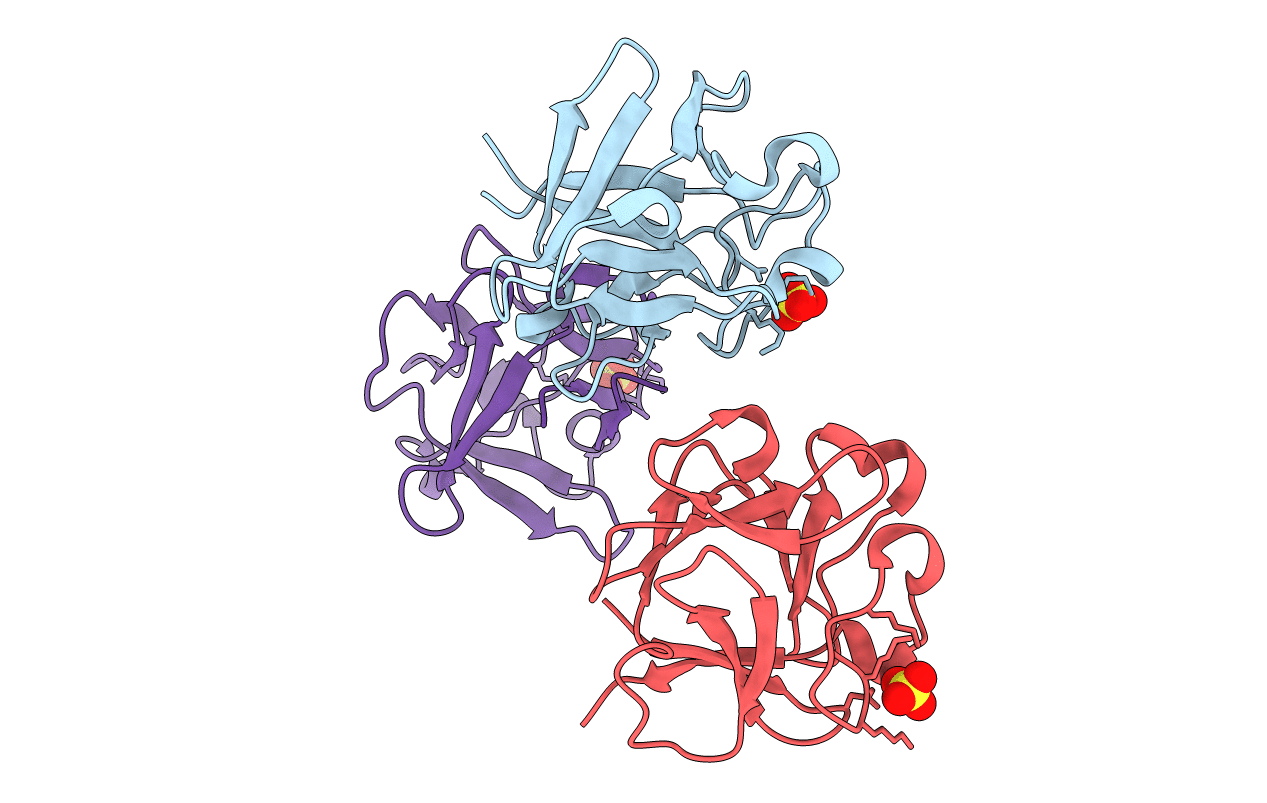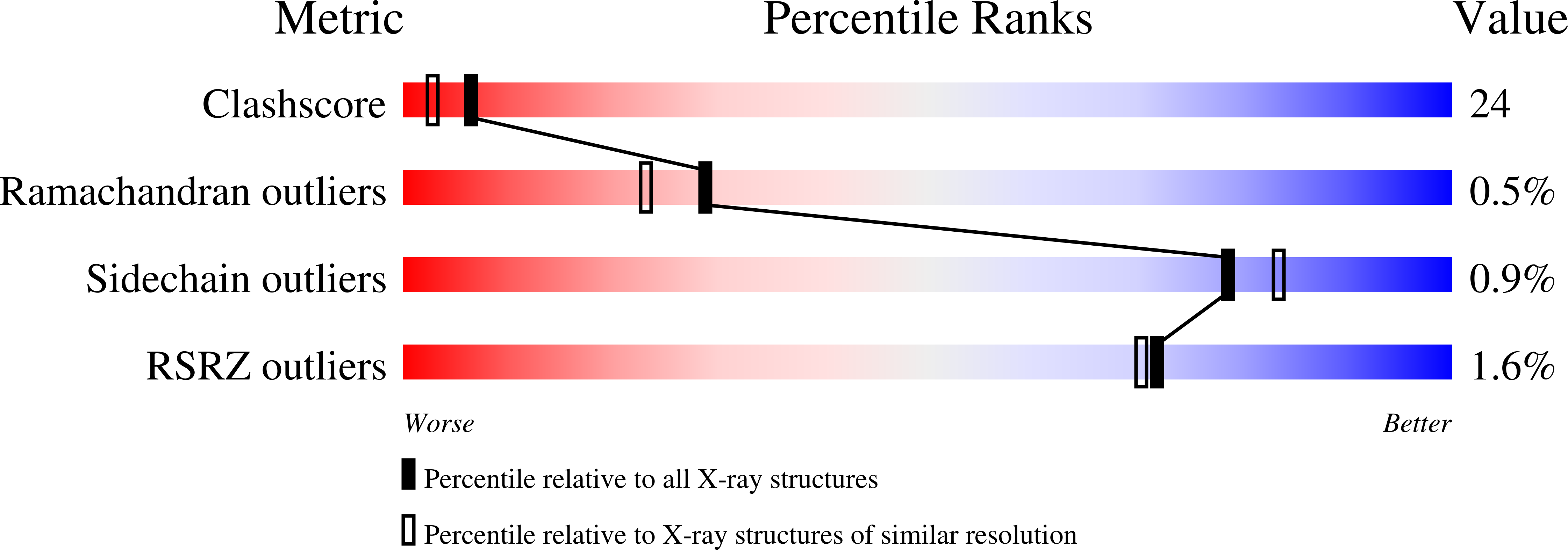
Deposition Date
2001-10-12
Release Date
2002-02-27
Last Version Date
2023-08-16
Entry Detail
PDB ID:
1K5U
Keywords:
Title:
Human acidic fibroblast growth factor. 141 amino acid form with amino terminal His tag with His93 replaced by Gly (H93G).
Biological Source:
Source Organism:
Homo sapiens (Taxon ID: 9606)
Host Organism:
Method Details:
Experimental Method:
Resolution:
2.00 Å
R-Value Free:
0.29
R-Value Work:
0.21
R-Value Observed:
0.23
Space Group:
P 1 21 1


